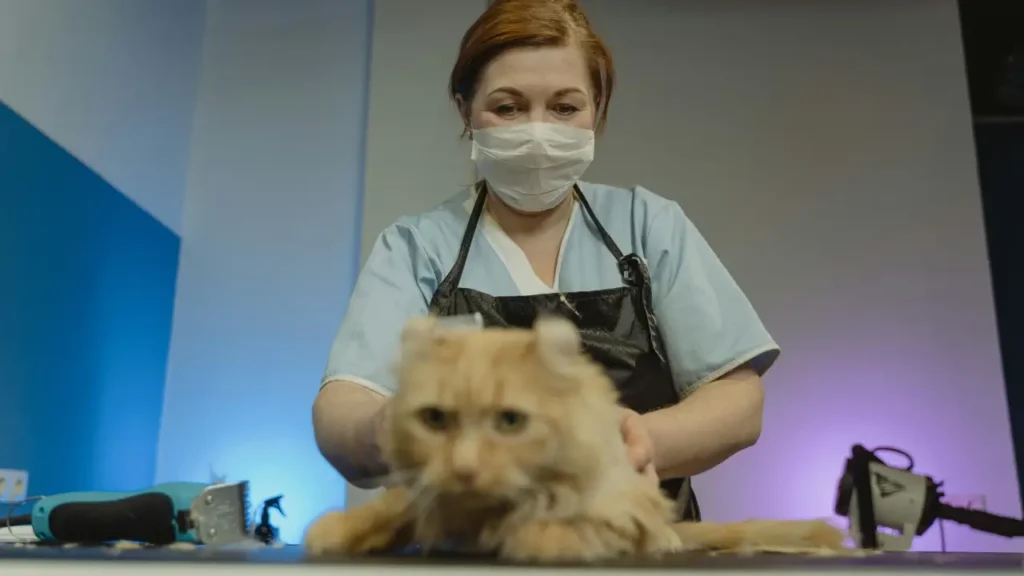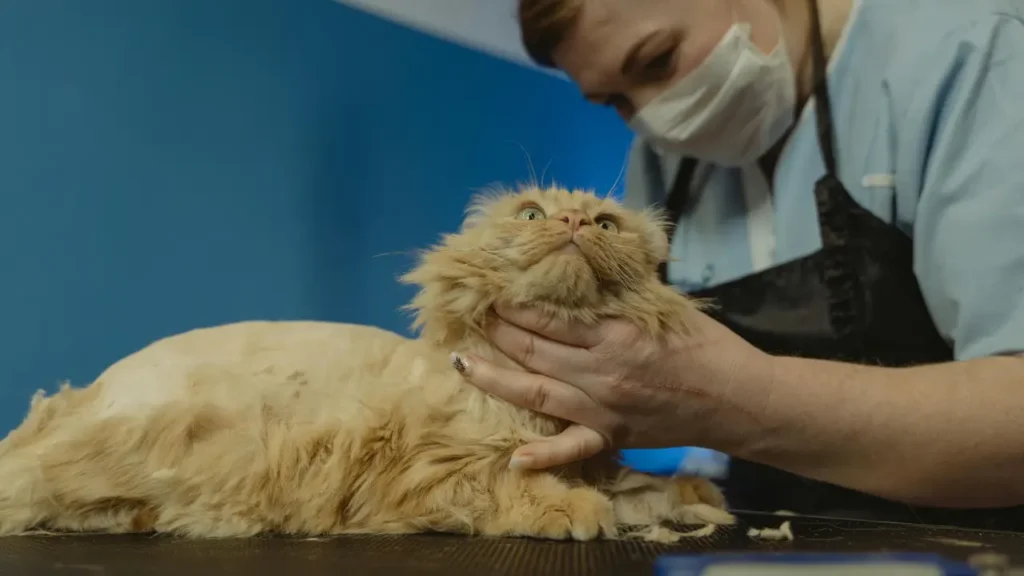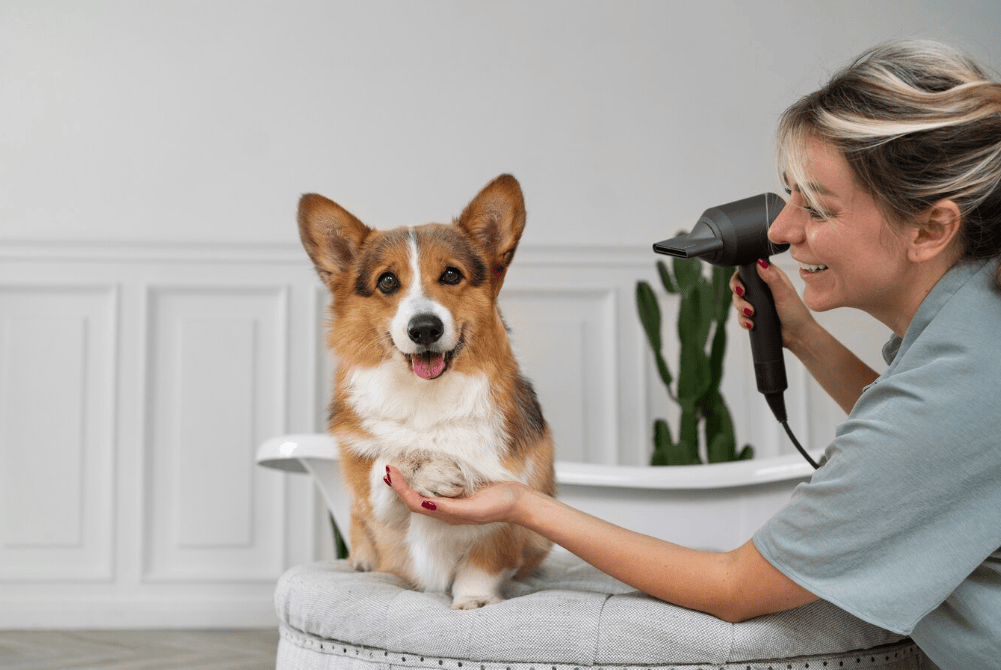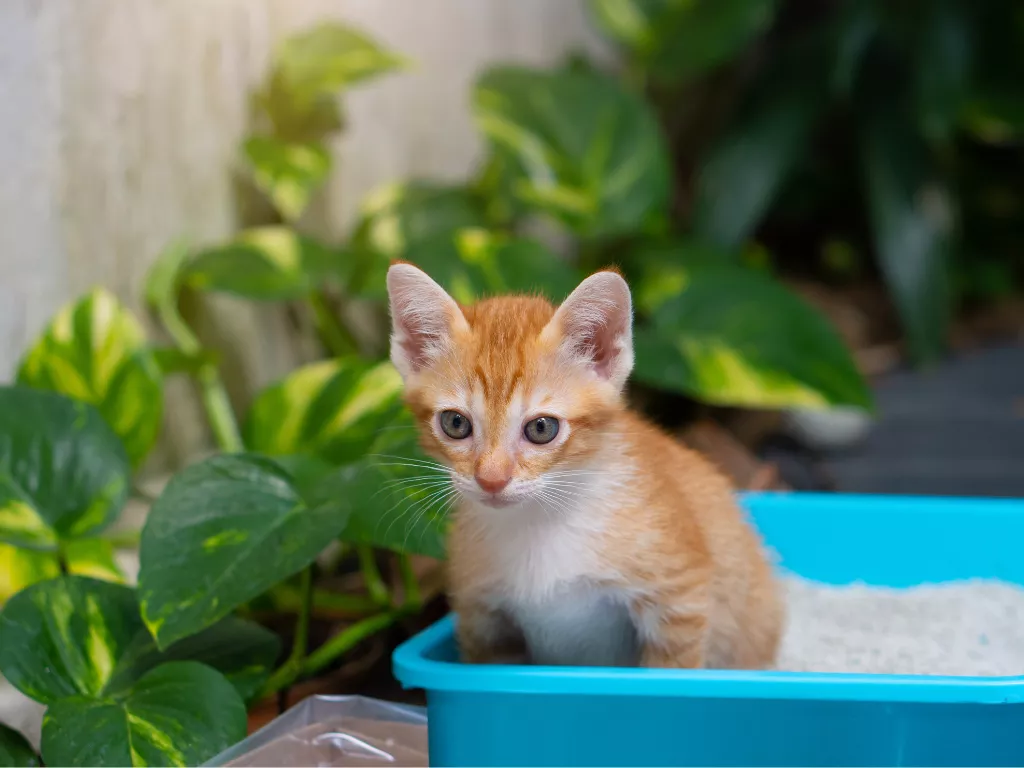
Benefits Of Regular Visits To Cat Groomers
Regular grooming keeps your cat clean, comfortable, and healthy. With the hands of a professional, yellow cat groomers in Dubai, you can significantly minimize shedding, prevent painful tangles and notice skin issues in time. Fleas, ticks and infections of the ear can also be controlled through these visits. Instead, professional groomers understand how to deal with a nervous cat, and this part will go smoother. Grooming is more than a cosmetic thing; it is the necessary procedure for taking care of your cat. A well-groomed cat will feel and look great when taken to expertly trained professionals in Dubai. 1. Reduces Excess Shedding Frequent brushing is advantageous as it eliminates the dead fur and misplaced hair and keeps it out of your house. It minimizes hairballs and maintains the coat of your cat. 2. Prevents Painful Mats and Tangles Long-haired cats especially need frequent brushing to prevent matting. Mats make the meat spoiled, and the wound ends up getting small places on the skin, which causes irritation or even infections when not treated in time. Groomers can gently remove them without hurting your cat. 3. Early Detection of Skin and Health Issues Skin infections, lumps or parasites may be spotted on the skin at an early stage by cat groomers. Such precautionary measures may spare you trips to the vet and expensive fees later and keep your cat healthy as well. 4. Keeps Paws, Ears, and Eyes Clean Dubai-trained cat groomers are aware of how to safely clean up all the sensitive parts of the cat, such as ears, eyes and paws. This prevents the chances of ear infections, eye discharge of eyes, and ingrowing nails. 5. Stress-Free Nail Clipping Performing trimming of a cat at home can bring stress not only to you but also to your cat. The professionals understand what method is to be used to clip the nails in a safe and stress-free way, without harming your pet. 6. Improves Overall Hygiene and Comfort Regular grooming sessions remove dirt, grease, and dandruff. A clean coat makes your cat more comfortable, relieves itching and also makes your cat generally more comfortable and behaves better. 7. Enhances Bonding and Socialization Frequent visits to the groomers help your cat get used to having someone touch him and socialize. This exposes them to human touch, and they come to embrace it after some time and vet examinations or normal care are not such an issue. Conclusion Grooming now and then is necessary to attain better skin health, a reduction in the number of hairballs, and spot possible issues early on. When you require certified cat groomers in Dubai, then you can rely on Fancy Furry Pets Care, which will attend to your pet cat’s needs with love and care and provide them with flawless grooming.











